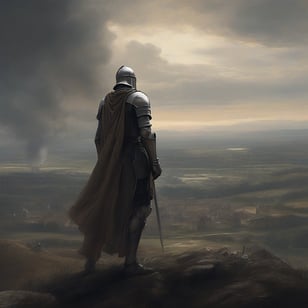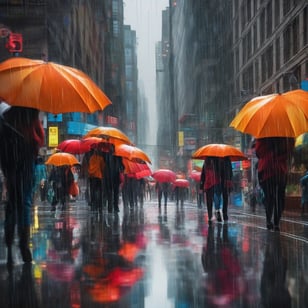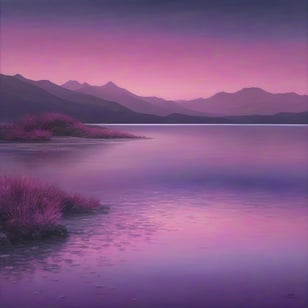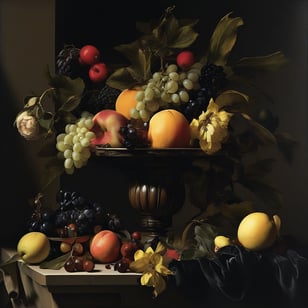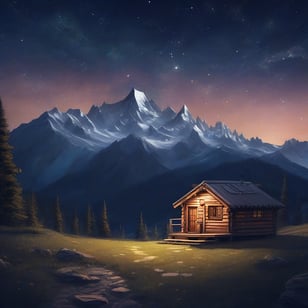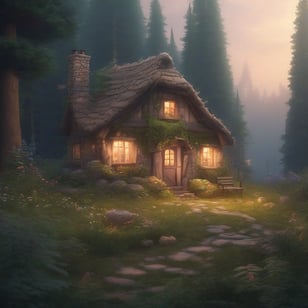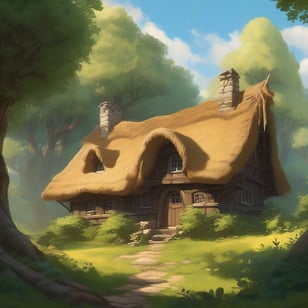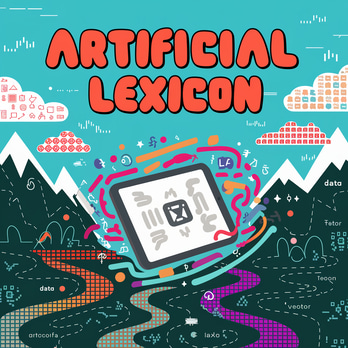Mastering the Art of Stable Diffusion: Composition, Color, and Style | A Cheat Sheet and Guide
We’re going to show you how to build your art step by step. You’ll figure out where to put stuff in your picture, pick colors that make your art feel just right, and choose a style that makes it pop! And don’t worry, we’ll give you lots of examples to try out and play with as you learn.
Prefer Medium's Format and Text to Voice?
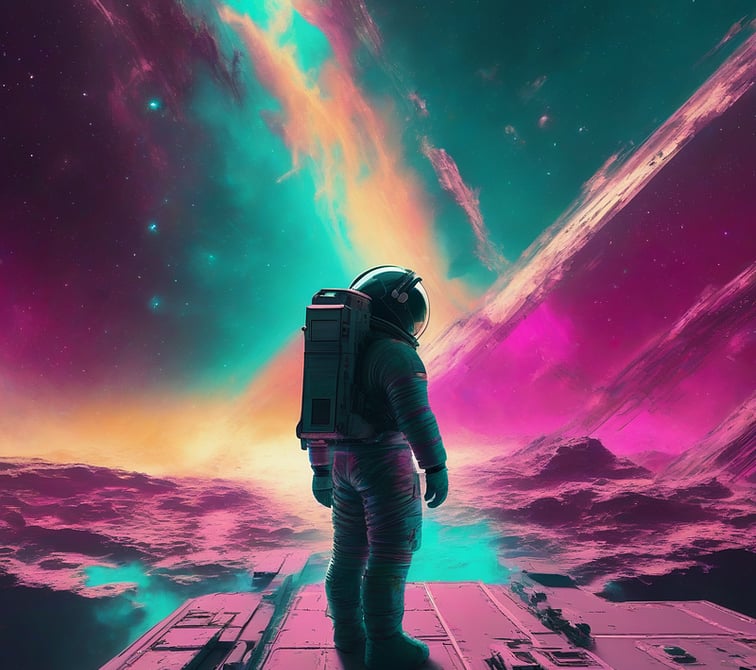

Mastering the Art of Stable Diffusion: Composition, Color, and Style
Welcome to the world of art magic with Stable Diffusion! If you love art and want to make cool pictures using AI, you’re in the perfect spot. This guide is like your friendly map to creating awesome images with AI, even if you’re not a pro.
Cerulean waves cresting with titanic energy, under a kaleidoscope sunset where dolphins arc gracefully above the ocean’s rhythm, strands of sea spray caught in midair glistening like diamonds against the fiery backdrop | Generated in Krea.ai
Stable Diffusion is this super smart AI that listens to your ideas (we call them prompts) and turns them into art. It’s like having a robot artist buddy who’s ready to draw or paint whatever you can think of. By learning how to talk to this AI in a special way, you can make it create almost any picture you imagine.
We’re going to show you how to build your art step by step. You’ll figure out where to put stuff in your picture, pick colors that make your art feel just right, and choose a style that makes it pop! And don’t worry, we’ll give you lots of examples to try out and play with as you learn.
So, grab your digital paintbrush, and let’s begin!
“A lone astronaut (silhouetted against a starkly neutral backdrop of a space station), the drama heightened by a triadic color burst from distant nebulas (in shades of teal, magenta, and gold).” | Generated in Krea.ai
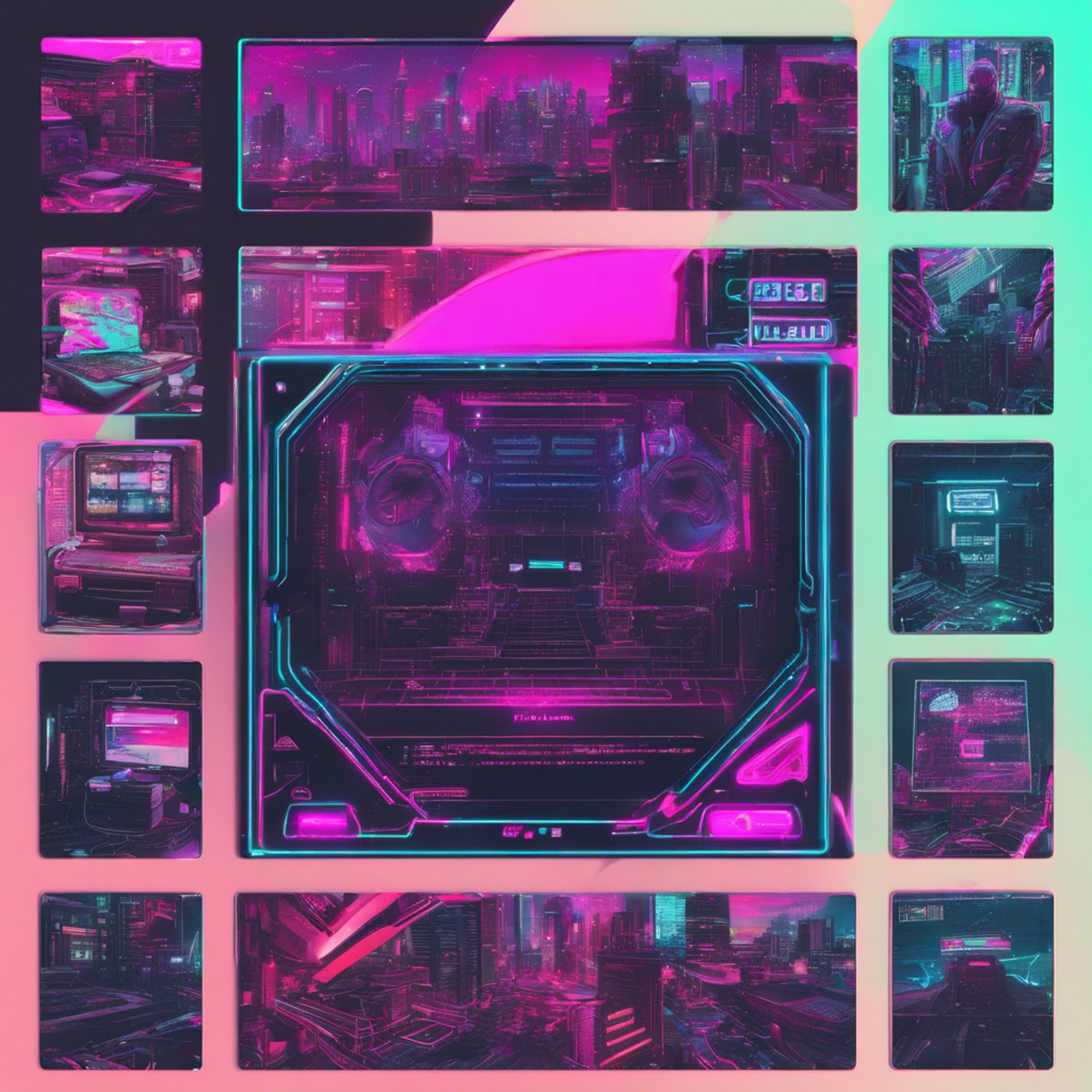
❂ Glossary
Composition Essentials: The arrangement of visual elements in art. This includes the placement of objects using methods like the Rule of Thirds, Leading Lines, and Stacking the Scene ࠽
The Spectrum of Color Themes: The selection of colors to set the tone or mood of an image, including Basic Color Schemes and Seasonal Shades ࠽
Art Styles and Influences: The distinctive appearance of artwork that is characteristic of a particular period, artist, or technique, such as Impressionism, or your favorite Cartoon ࠽
࠽ Prompt Engineering 101: The process of creating instructions for AI to generate art, involving a balance of detail and flexibility

࠽ Composition Essentials
The art of composition in Stable Diffusion is akin to the delicate balance an architect must maintain when designing a building. It’s about arranging visual elements harmoniously, guiding the viewer’s eye, and creating a narrative within the frame. Let’s dive into some of the key principles of composition and see how they can be applied to prompt engineering.
ឱ The Rule of Thirds
One of the most fundamental techniques in the realm of composition is the Rule of Thirds. This principle involves dividing the image into nine equal sections by two equally spaced horizontal lines and two equally spaced vertical lines. Placing points of interest at the intersections or along the lines creates tension, energy, and interest in the composition.
❂ Prompt Example:
| “An ancient oak tree (majestically occupying the left third), a wandering deer (crossing at the bottom right intersection), under a twilight sky (top horizontal line).” | Generated in Krea.ai
By strategically placing the tree and the deer, we lead the viewer’s gaze through the image, creating a dynamic yet balanced scene.
ឱ Symmetry and Balance
Symmetry provides a sense of harmony and order. Balance, whether symmetrical or asymmetrical, is crucial to creating a pleasing composition. With Stable Diffusion, you can play with these concepts to create images that feel stable or intentionally off-kilter for dramatic effect.
❂ Prompt Example:
“A grand staircase (symmetrically centered), leading up to a vibrant stained glass window (the focal point), flanked by two statuesque lions (providing balance).” } Generated in Krea.ai
Here, symmetry is used to draw attention to the central focal point, while the lions add balanced elements that enhance the composition’s grandeur.
ឱ Depth and Perspective
Conveying a sense of depth can make your AI-generated art more lifelike. Use foreground, middleground, and background layers, or employ linear perspective with converging lines to create the illusion of depth.
❂ Prompt Example:
“A cobblestone path (winding from the foreground bottom edge), leading to a quaint village (nestled in the middleground), set against rolling hills (in the distant background).” | Generated in Krea.ai
The path not only provides a leading line but also establishes depth, inviting the viewer into the scene.
ឱ Framing and Focus
Framing within your image can highlight the main subject, drawing the viewer’s attention to where you want it. Use natural frames like windows or archways, or compose the scene so that surrounding elements create a visual frame around your point of interest.
❂ Prompt Example:
“A reclusive reading nook (embraced by a circle of bookshelves), with a lone, plush armchair (center focus), bathed in the soft glow of an overhead lamp.” | Generated in Krea.ai
The bookshelves act as a frame, focusing on the cozy armchair, which is the heart of the composition.
ឱ Movement and Flow
Creating a sense of movement can add energy and life to your Stable Diffusion art. Consider how the elements in your scene might interact and guide the eye in a natural, flowing manner.
❂ Prompt Example:
“A group of children (joyfully chasing) after colorful kites, which dance and weave in the gusty wind” | Generated in Krea.ai
You’ll notice the resulting images have a sense of motion and speed applied to them due to the mention of (joyfully chasing)
❂ Composition Quick Tips:
Utilize natural curves and lines for leading lines.
Play with geometric shapes to create interesting arrangements.
Emphasize negative space to let your subject breathe.
Experiment with juxtapositions for unexpected visual interest.
Use symmetry for a sense of order or break it for dynamic tension.
Remember, these principles are not strict rules but tools to enhance the storytelling of your AI-generated art. With each prompt, you’re providing the AI with a blueprint to interpret, and as you refine your understanding of these compositional essentials, you’ll see your prompts transform into ever more compelling artworks.
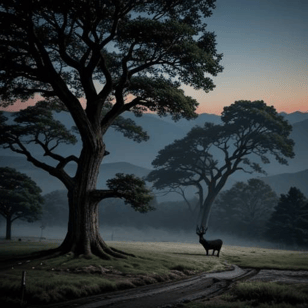

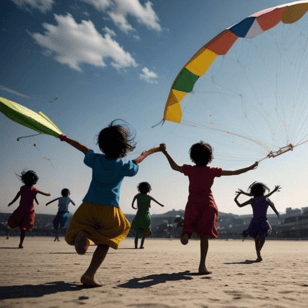

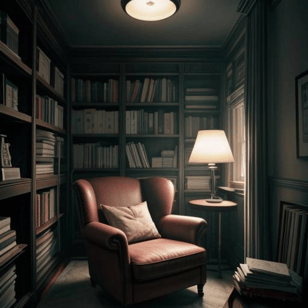

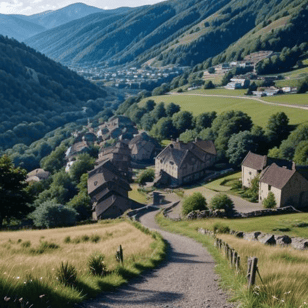

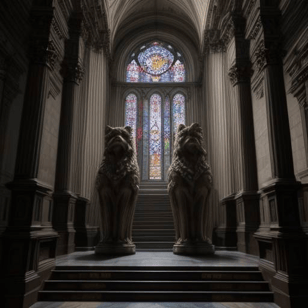


࠽ The Spectrum of Color Themes
Color is a powerful tool in the arsenal of any artist, capable of transforming a scene from mundane to mesmerizing. In the world of Stable Diffusion, understanding the spectrum of color themes is crucial for creating imagery that resonates on an emotional level. Let’s explore the vibrant world of color theory and how it can be harnessed in your prompts to evoke specific moods and atmospheres.
ឱ Understanding Color Theory
At its core, color theory is the science and art of using color. It explains how humans perceive color, how colors mix, match or clash, and the messages they communicate. With Stable Diffusion, you can leverage color theory to give your art depth and feeling.
❂ Prompt Example:
“A desolate landscape, the loneliness accentuated by a palette of cool blues and greys (mimicking the feeling of dusk), with the occasional stark orange of a campfire (adding a spot of warmth and hope).” | Generated in Krea.ai
In this prompt, the cool tones convey a sense of isolation, while the contrasting warm glow of the campfire introduces a dynamic element, creating a focal point and hinting at human presence.
❂ Color Themes and Their Emotional Impact
Different color themes can dramatically alter the viewer’s emotional response. Here’s a run-down of some common themes and the moods they convey:
Monochromatic: Utilizes variations in lightness and saturation of a single color. It’s harmonious and soothing.
Analogous: Combines colors that are next to each other on the color wheel. This scheme is often found in nature and is harmonious and pleasing to the eye.
Complementary: Uses colors opposite each other on the color wheel, creating high contrast and vibrant looks.
Triadic: Involves three colors that are evenly spaced around the color wheel, offering a rich and dynamic palette.
Neutral: Employs whites, blacks, and greys, often creating a minimalist or subdued atmosphere.
❂ Prompt Examples:
“A serene forest scene bathed in monochromatic greens (varying from dark pine to soft lime), evoking a peaceful, natural environment.” | Generated in Krea.ai
“A sunset over the ocean with analogous colors (blending from a soft peach to a deep violet), capturing the tranquil end of the day.” | Generated in Krea.ai
“A bowl of fruit featuring complementary colors (the red of apples against the green of limes), making the image pop with energy.” | Generated in Krea.ai
“A vibrant street festival using a triadic color scheme (bright blue, yellow, and pink stalls), emanating joy and celebration.” | Generated in Krea.ai
“New York City rendered in neutral tones (shades of concrete and steel), highlighting the stark beauty of urban life.” | Generated in Krea.ai
ឱ Utilizing Color Themes in Prompts
When crafting your prompts, consider the color theme as a narrative device. Think about what story you want to tell and choose your colors to reinforce that narrative.
❂ Prompt Example:
“A lone astronaut (silhouetted against a starkly neutral backdrop of a space station), the drama heightened by a triadic color burst from distant nebulas (in shades of teal, magenta, and gold).” | Generated in Krea.ai
This prompt sets a mood of solitude against the vastness of space, with the triadic colors of the nebula providing a visually striking contrast that adds depth and intrigue to the composition.
❂ Color Keywords
To guide the AI effectively, use specific color keywords in your prompts. Here’s a list of vivid color terms to inspire your creations:
Chill of twilight
Warmth of a hearth
Blush of dawn
Shadowed indigo
Golden hour gleam
Rusted autumn leaves
Arctic whiteness
Tropical vibrance.
❂ Prompt Example:
“Capture the chill of twilight (with hues of pale lavender and soft blue), as night animals begin their chorus (under the glow of a golden hour gleam).” | Generated in Krea.ai
This prompt uses color keywords to set the scene for a transition from day to night, with the colors playing a critical role in communicating the time and mood of the setting.
ឱ Conclusion
Color themes are essential in shaping the emotional landscape of your AI-generated art. By mastering the use of color in your Stable Diffusion prompts, you’ll be able to craft images that not only capture the eye but also touch the heart. Experiment with different color combinations and observe how they influence the narrative and feel of your artwork. With practice, you’ll develop an intuitive sense of which colors to employ to bring your visions vividly to life.
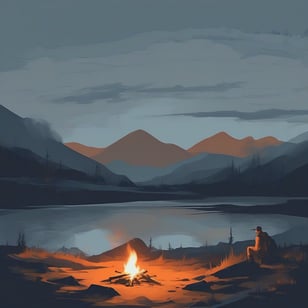

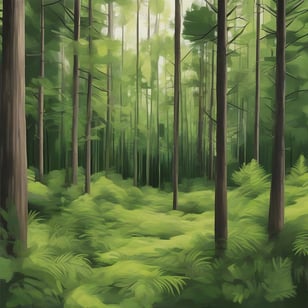

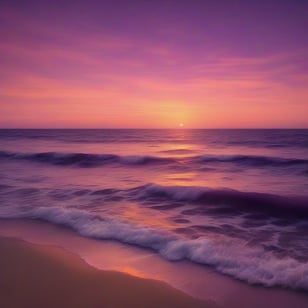

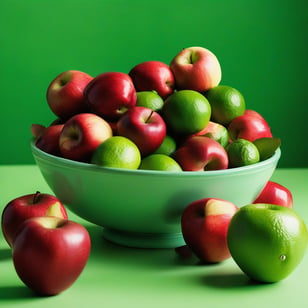

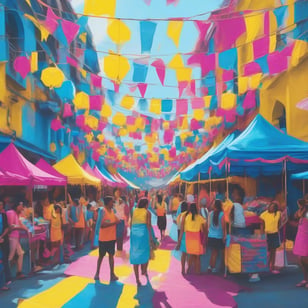

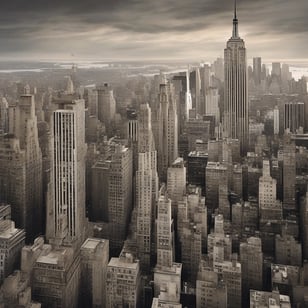



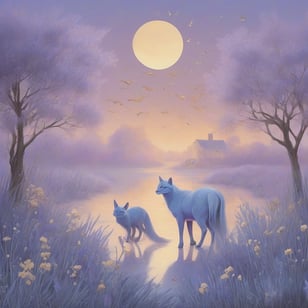


࠽ Art Styles and Influences
The realm of art is rich and varied, offering a tapestry of styles that span the breadth of human history and imagination. When creating with Stable Diffusion, you have the unique ability to infuse your AI-generated art with elements from this vast array of artistic expressions. In this chapter, we’ll explore different art styles, from the classical to the contemporary, and how you can implement them in your Stable Diffusion prompts to give your work depth and character.
ឱ Classical Art Styles
Classical art styles have withstood the test of time, revered for their beauty, technique, and historical significance. By referencing these styles in your prompts, you can imbue your images with a sense of tradition and elegance.
❂ Prompt Example:
“A portrait in the style of the Renaissance, showcasing the subject’s delicate features (soft lighting, subtle earth tones), reminiscent of Leonardo da Vinci’s smooth transitions between colors.” | Generated in Krea.ai
This prompt signals to the AI to emulate the softness and subtlety that characterize Renaissance portraits.
ឱ Modern and Contemporary Art
Modern art, with its bold experiments in form and color, broke away from the traditions of the past, while contemporary art continues to push boundaries and reflect current ideas. These styles can bring a fresh, vibrant energy to your creations.
❂ Prompt Example:
“A cityscape buzzing with the abstract energy of Cubism, buildings fragmented into geometric shapes (sharp angles, bright contrasting colors), echoing the revolutionary spirit of Picasso.” | Generated in Krea.ai
In this prompt, the mention of Cubism and Picasso directs the AI to deconstruct the scene into an abstract composition.
ឱ Expressionism and Impressionism
Expressionism seeks to depict the emotional experience over physical reality, often through exaggerated and distorted visuals, while Impressionism captures the fleeting effects of light and color. Both can create a rich, atmospheric quality in your art.
❂ Prompt Example:
“A stormy sea (churning with emotion), painted in the style of Expressionism, where the tumultuous waves (vivid blues and greens) mirror the chaos of the human psyche.” | Generated in Krea.ai
The prompt conveys the intense emotion characteristic of Expressionism through the choice of subject and color.
ឱ Surrealism and Fantasy
Surrealism delves into the world of dreams and the unconscious, often featuring bizarre, illogical scenes. Fantasy, on the other hand, frees you to explore mythical and otherworldly themes. Both can be used to create captivating, otherworldly images.
❂ Prompt Example:
“A dreamscape of Surrealism, where the laws of physics are defied (floating islands, melting clocks), inviting the viewer to question reality, in the vein of Salvador Dalí.” | Generated in Krea.ai
This prompt encourages the AI to craft an image that is fantastical and thought-provoking, much like Dalí’s iconic works.
ឱ Pop Art and Street Art
Pop Art is known for its bold imagery derived from popular culture and mass media, while street art brings an urban edge with its graffiti and mural styles. These styles can make your art pop with contemporary relevance.
❂ Prompt Example:
“A dynamic superhero scene inspired by Pop Art (comic book dots, bright primary colors), capturing the essence of Roy Lichtenstein’s punchy visuals.” | Generated in Krea.ai
The prompt instructs the AI to channel the Pop Art aesthetic, with a nod to Lichtenstein’s distinctive style.
ឱ Artistic Mediums and Techniques
Don’t forget to consider the multitude of artistic mediums and techniques available. Whether it’s the textured strokes of oil painting, the delicacy of watercolor, or the precision of digital art, each medium brings its own unique qualities to your work.
❂ Prompt Example:
“A tranquil landscape rendered in watercolor (soft washes, delicate color bleeds), evoking a sense of peace and simplicity.” | Generated in Krea.ai
Here, the AI is guided to replicate the fluid and translucent qualities of watercolor painting.
ឱ Conclusion
The influences of art styles, mediums, and movements provide a rich vocabulary for your Stable Diffusion prompts. By carefully selecting and combining these elements, you can craft images that resonate with the echoes of art history or pulse with the rhythm of contemporary life. Experiment with blending styles or creating juxtapositions to discover new and exciting visual narratives. As you refine your prompt engineering skills, remember that each word has the power to shape the style and ultimately the impact of your AI-generated art.
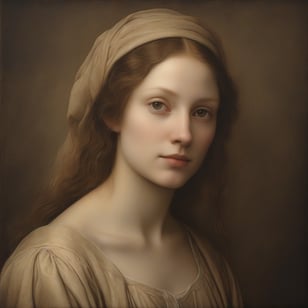

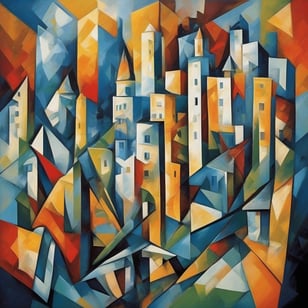

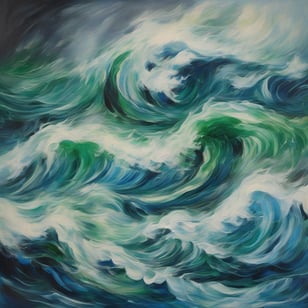

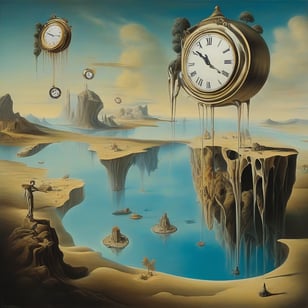

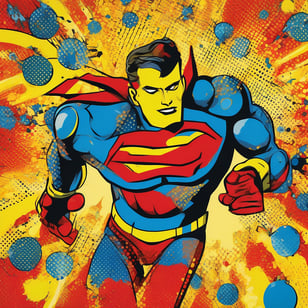

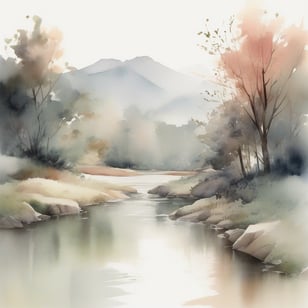


࠽ Prompt Engineering 101
Mastering the art of crafting prompts for Stable Diffusion is a fundamental skill for any AI artist. This section will guide you through the process of creating precise and imaginative prompts, offering structure and key elements to make the most out of your AI art creation journey. Here’s a step-by-step guide to becoming proficient in prompt engineering.
ឱ Understanding Prompt Structure
The structure of a prompt can greatly influence the output of Stable Diffusion. A well-composed prompt typically includes a subject, setting, style, and sometimes, emotion or action. The order and clarity of these elements can direct the AI more effectively to produce the desired result.
❂ Prompt Example:
“A knight (subject) standing atop a hill (setting), in the dramatic style of a Renaissance painting (style), overlooking a battlefield with somber resolve (emotion).” | Generated in Krea.ai
This prompt guides the AI to focus on creating an image of a knight with specific contextual and stylistic details.
ឱ Balancing Specificity and Flexibility
A good prompt strikes a balance between being specific enough to convey your vision and flexible enough to allow the AI to introduce creative nuances. Overly detailed prompts may restrict the AI’s creative potential, while too vague prompts might lead to unexpected and undesirable results.
❂ Prompt Example:
“A bustling city street during the rain (specific), filled with the vivid umbrellas and reflections on the wet pavement (vivid but flexible).” | Generated in Krea.ai
ឱ Using Descriptive Keywords
Keywords are the building blocks of your prompt. They should be descriptive and relevant to the image you want to create. Think about textures, colors, emotions, and actions that can enhance your prompt.
❂ Prompt Example:
“A serene lagoon (setting), with crystal-clear water (texture), under a twilight sky painted in shades of purple and pink (color).” | Generated in Krea.ai
ឱ Leveraging Artistic Terms
Incorporating artistic terms can help guide the AI towards a particular style or technique. Use terms from art history, such as “Impressionist,” “Baroque,” or “Cubist,” to instruct the AI on the desired artistic approach.
❂ Prompt Example:
“A still life of fruit and flowers (subject), arranged in the dense, shadowy contrasts typical of Caravaggio’s Baroque style (artistic term).”
ឱ Emphasizing and De-emphasizing Elements
Use parentheses and brackets to indicate which elements of the prompt should be emphasized or de-emphasized. This helps you control the focus and importance of different aspects within the generated image.
❂ Prompt Example:
“A (majestic) mountain range [with a small cabin nestled at its base], under a starry (night sky).” | Generated in Krea.ai
ឱ Iteration and Adjustment
Prompt engineering is an iterative process. You may not get the perfect result on the first try, so be prepared to refine and adjust your prompts based on the outcomes you receive.
❂ Prompt Example Iteration:
Initial prompt: “A cozy cottage in a forest clearing.” | Generated in Krea.ai
Adjusted prompt: “A cozy cottage with a thatched roof, surrounded by dense, ancient trees in a sunlit forest clearing.” | Generated in Krea.ai
ឱ Iterative Creation with AI
The process of creating art with AI using Stable Diffusion is not a one-and-done affair; it’s an iterative journey of discovery and learning. As you engage with the tool, you’ll find that your initial prompts may not always yield the expected results. This is where the art of iteration comes into play — a dance of give-and-take with the AI, refining and tweaking prompts to inch closer to your envisioned masterpiece.
ឱ Embracing Trial and Error
Do not be discouraged if your first attempt doesn’t produce the perfect image. Each result is an opportunity to learn and adjust. Embrace trial and error as part of the creative process.
❂ Tip: Keep a record of your prompts and the results they produce. This log can become an invaluable reference for understanding how different prompt structures and keywords affect the outcomes.
